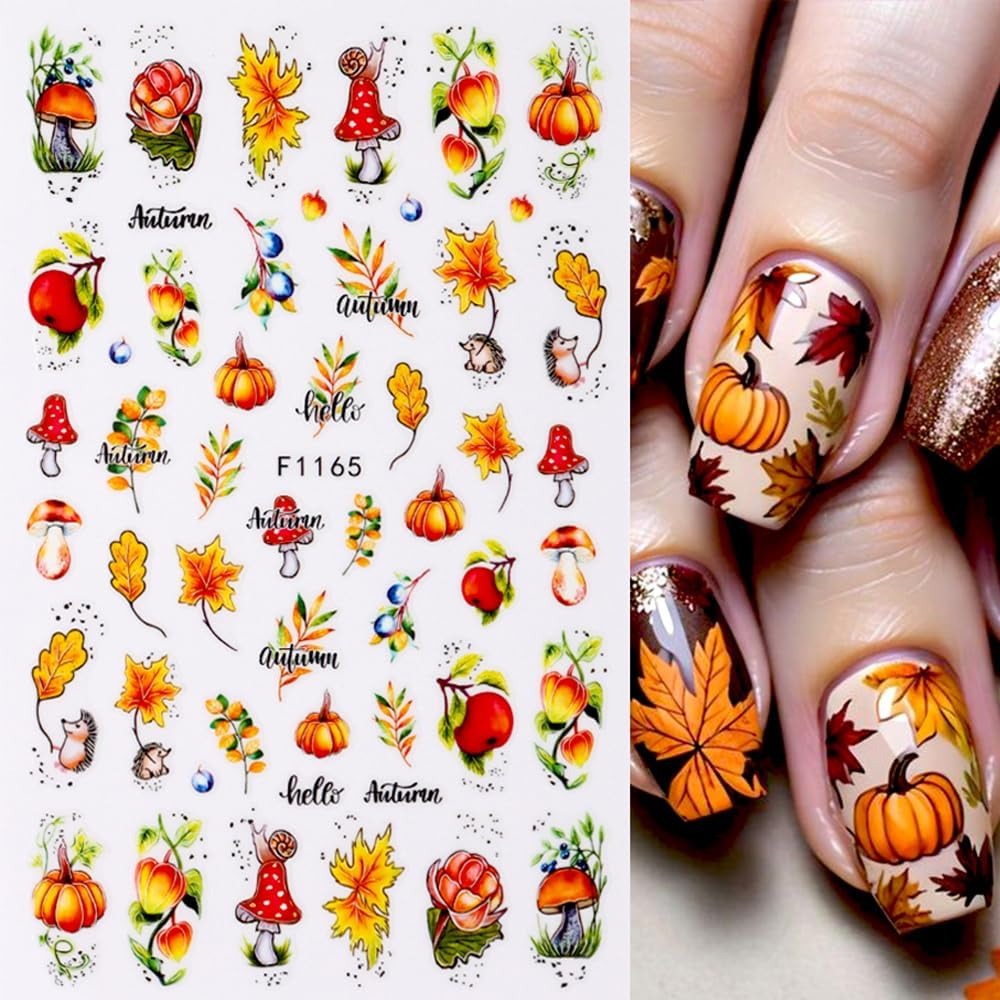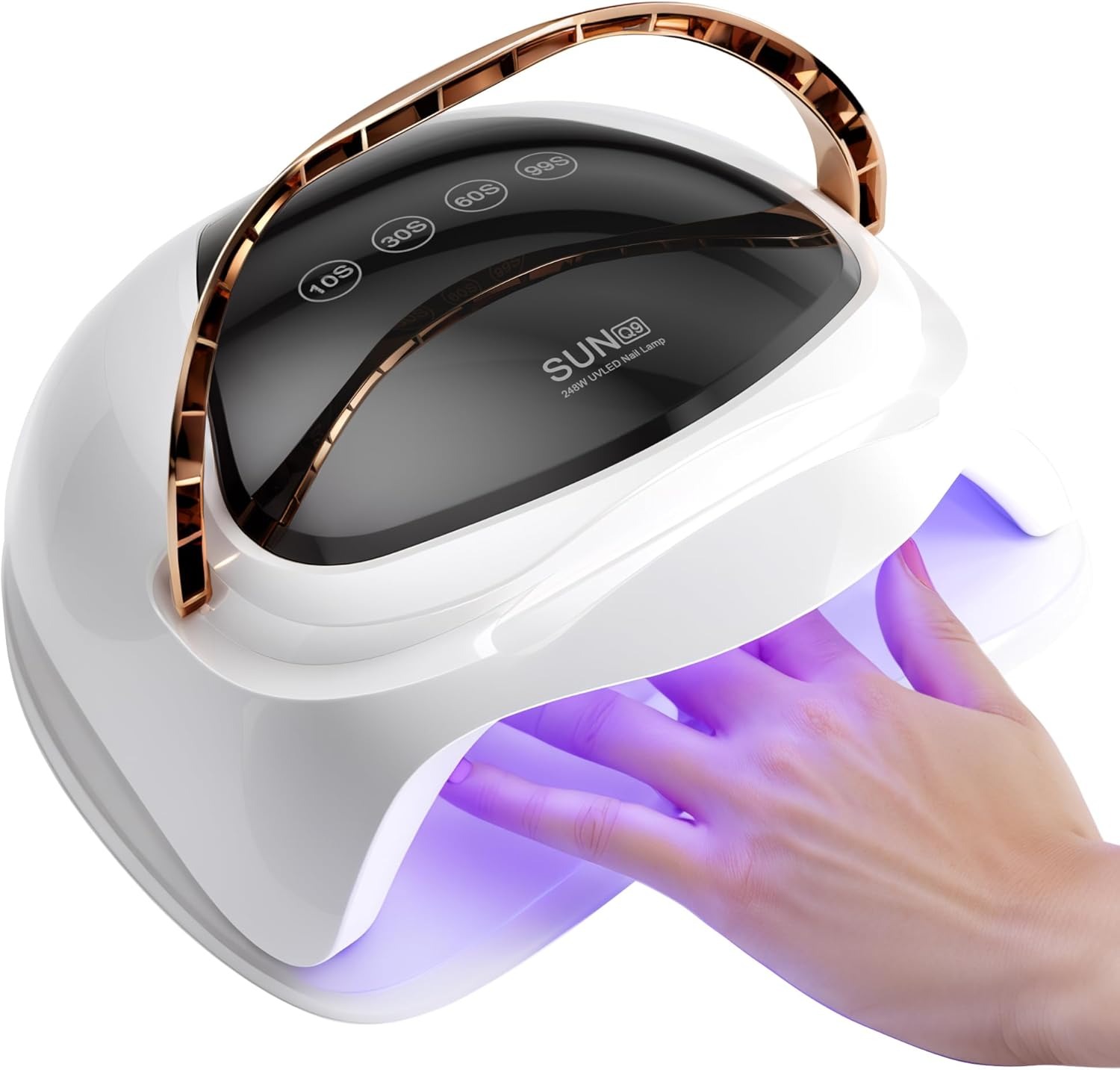Nail glue can be a lifesaver when you’re trying to get that perfect manicure or extend the life of your artificial nails. However, removing nail glue can often be a daunting task if not approached correctly. Whether you’re dealing with accidental glue spills or need to remove glued false nails, knowing how to take off nail glue safely and effectively is essential. This guide will walk you through various methods, tips, and precautions to ensure you achieve the best results without damaging your natural nails.
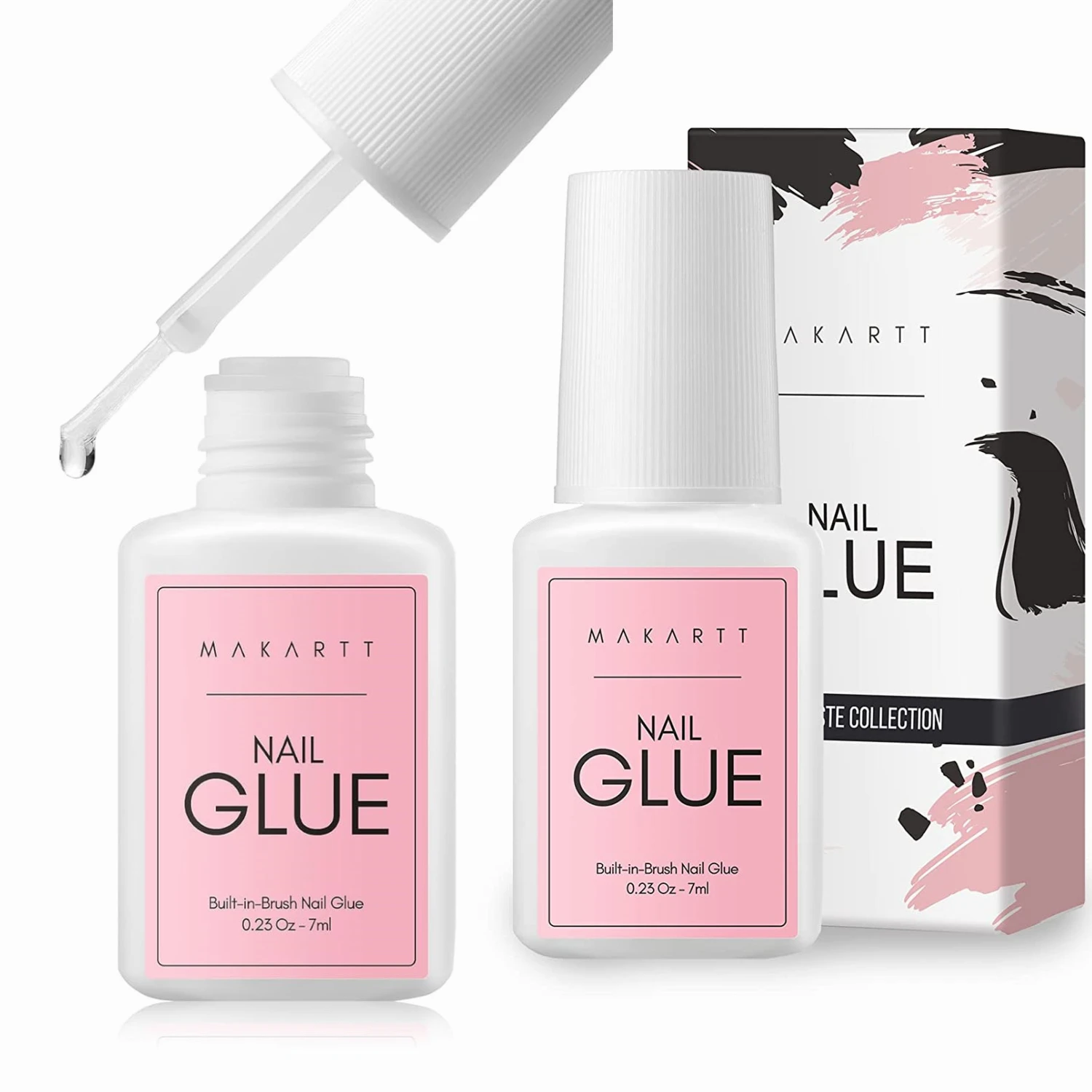 Understanding Nail Glue and Its Composition
Understanding Nail Glue and Its Composition
What is Nail Glue?
Nail glue is a type of adhesive specifically formulated for attaching artificial nails to natural nails or other surfaces. It is commonly used in manicures to secure acrylic or gel nails, as well as in DIY nail art projects. The primary component of most nail glues is cyanoacrylate, a fast-acting adhesive known for its strong bonding properties.
Why is Nail Glue So Strong?
The strength of nail glue lies in its chemical composition. Cyanoacrylate reacts with moisture to form a strong bond almost instantaneously. This rapid polymerization makes it an excellent choice for adhering nails securely. However, this same property can make nail glue challenging to remove when necessary.
Preparing for Nail Glue Removal
Gather Necessary Supplies
How to take off nail glue? Before you begin the process of removing nail glue, it’s important to gather all the necessary supplies to ensure a smooth and efficient removal. You will need:
- Acetone or nail glue remover
- Cotton balls or pads
- Aluminum foil
- Nail buffer or file
- Cuticle oil or moisturizer
- A small bowl
- Warm water
- Gentle soap
Protect Your Skin and Nails
Nail glue removal can be harsh on your skin and natural nails. To minimize potential damage, take protective measures such as wearing gloves and applying a thin layer of petroleum jelly around your cuticles to prevent the acetone from drying out your skin.
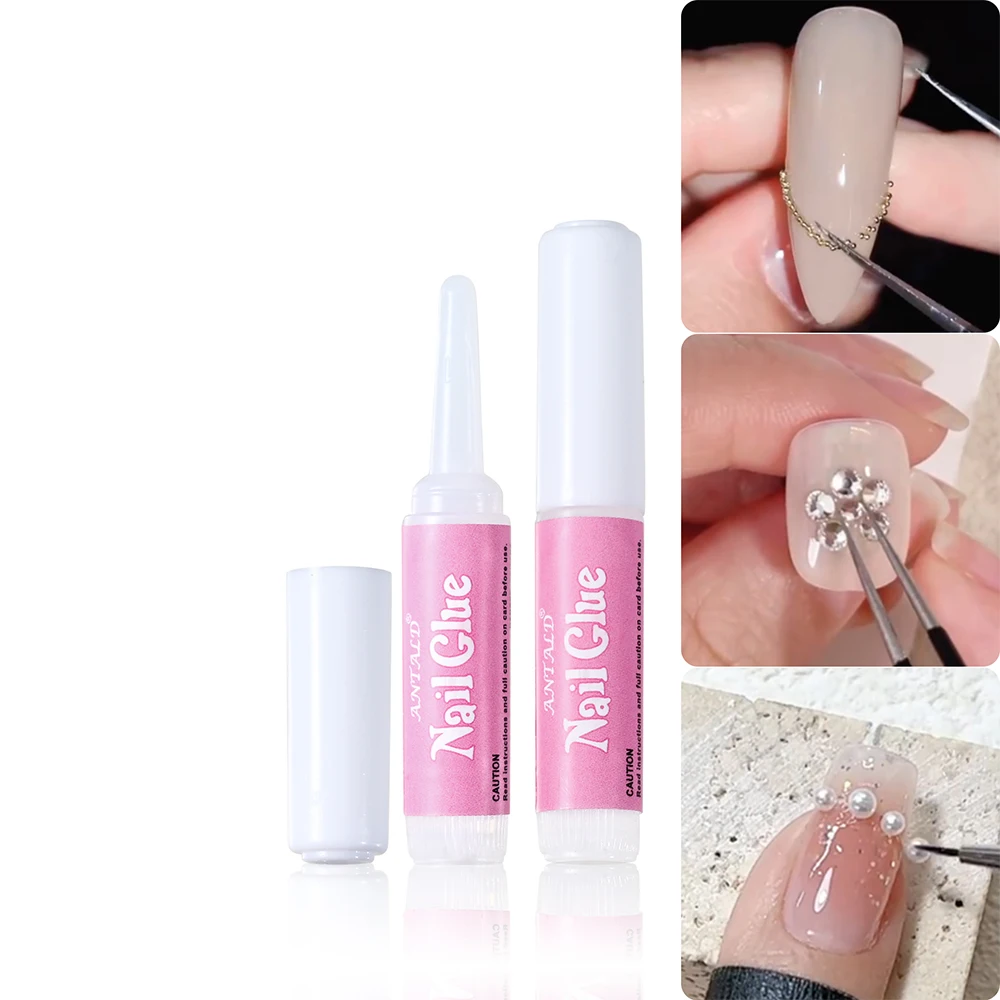 Step-by-Step Methods on How to Take Off Nail Glue
Step-by-Step Methods on How to Take Off Nail Glue
Soaking in Acetone
- Prepare Your Workspace: Find a well-ventilated area and cover your workspace with paper towels to catch any spills.
- Soak Cotton in Acetone: Saturate cotton balls or pads with acetone or a specialized glue remover.
- Apply and Secure: Place the soaked cotton over your nails and wrap each fingertip with aluminum foil to hold the cotton in place. Make sure the cotton is tightly secured to prevent acetone from evaporating.
- Wait Patiently: Allow your nails to soak for about 15-20 minutes. The acetone will break down the adhesive properties of the glue.
- Remove and Clean: After soaking, gently remove the foil and cotton. Use a nail buffer or file to gently scrape away any softened glue. Be careful not to damage your natural nails.
- Moisturize: Apply cuticle oil or moisturizer to rehydrate your nails and skin, as acetone can be drying.
Heat and Gentle Scraping
- Use a Warm Compress: Soak a cloth in warm water and apply it to your nails for a few minutes to soften the glue.
- Gently Scrape Off Glue: Use a wooden cuticle stick or a soft nail file to carefully lift and remove the softened glue. Avoid using metal tools, as they can damage your nails.
- Clean and Moisturize: Wash your hands thoroughly with warm, soapy water and apply moisturizer to restore moisture.
Petroleum Jelly Technique
- Apply Petroleum Jelly: Generously apply petroleum jelly to the areas where the glue is present.
- Massage and Wait: Massage the jelly into the glue and let it sit for several minutes. The oily texture helps to break down the adhesive bond.
- Wipe Away: Use a soft cloth to wipe away the loosened glue. Repeat the process if necessary until all the glue is removed.
Use of Soapy Water and Buffing
- Soak in Soapy Water: Mix gentle soap with warm water and soak your nails for about 10-15 minutes.
- Buff the Glue: After soaking, use a nail buffer to gently rub the glue off your nails. This method works best for residues rather than large glue blobs.
- Dry and Moisturize: Dry your hands thoroughly and apply moisturizer to keep your nails and skin hydrated.
 Tips for Safe Nail Glue Removal
Tips for Safe Nail Glue Removal
Avoid Forcing the Glue Off
Pushing or pulling too hard on the glue can lead to tearing or damaging your natural nails. Always use gentle, supportive methods to remove the glue.
Use High-Quality Products
Opt for high-quality nail glue removers or acetone to ensure effective removal without excessively drying out your nails. Avoid using household adhesives for this purpose, as they can contain harmful chemicals.
Take Breaks Between Applications
If the glue is particularly stubborn, take breaks between applications of acetone or remover. This prevents overexposure to harsh chemicals and reduces the risk of nail damage.
Maintain Proper Nail Care
After removing nail glue, give your nails time to recover by applying nourishing treatments such as cuticle oil and nail strengtheners. Regular maintenance helps keep your nails healthy and resilient.
Common Mistakes to Avoid When Removing Nail Glue
Using Metal Tools Incorrectly
Using metal tools like metal nail scrapers can easily damage your natural nails and the skin around them. Always opt for wooden or plastic tools which are safer for your nails.
Ignoring Moisturization
Skipping the moisturizing step post-removal can leave your nails and skin dry and brittle. Always apply moisturizers to restore lost moisture and maintain nail health.
Applying Excessive Force
Exaggerated force can lead to peeling, splitting, or even breaking your natural nails. Patience and gentle handling are key to effective and safe glue removal.
Overusing Acetone
While acetone is effective, overusing it can severely dry out your nails and skin. Limit the use of acetone-based products and follow up with intensive moisturizing treatments.
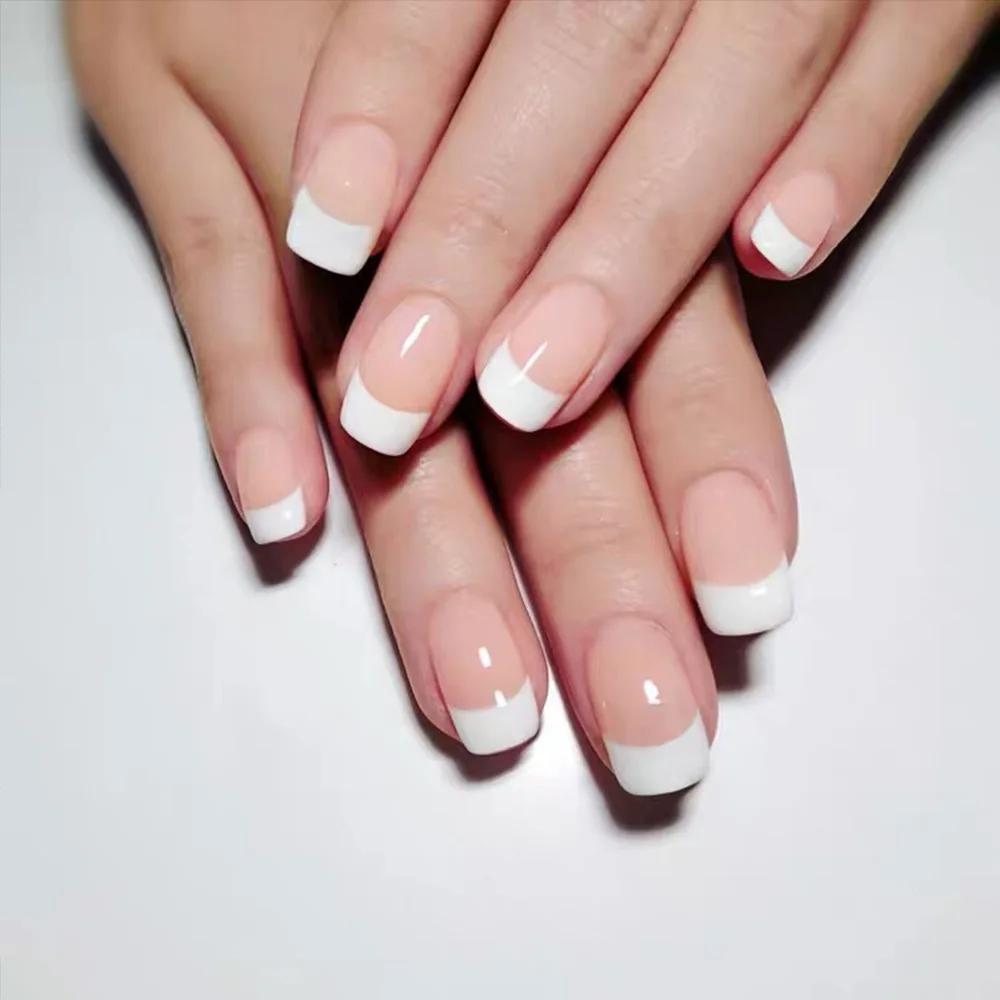 Natural Alternatives for Nail Glue Removal
Natural Alternatives for Nail Glue Removal
Olive Oil and Lemon Juice
A mixture of olive oil and lemon juice can act as a gentle remover. Soak a cotton ball in the mixture and apply it to your nails for several minutes before gently scraping off the glue.
Vinegar Soak
White vinegar can help break down the glue. Soak your nails in a solution of equal parts vinegar and warm water for about 10 minutes, then buff away the softened glue.
Eucalyptus Oil
Eucalyptus oil has adhesive-dissolving properties. Apply a few drops to a cotton ball and press it against the glued area for a few minutes before attempting to remove the glue.
Preventing Future Nail Glue Accidents
Apply Glue Carefully
When using nail glue, apply it sparingly and precisely to minimize excess glue that could end up on your skin or natural nails.
Use Protective Barriers
Consider applying a thin layer of petroleum jelly around your cuticles and the edges of your nails before applying glue. This creates a barrier that prevents glue from sticking to unwanted areas.
Choose the Right Glue
Select a high-quality glue that suits your needs. Some glues are less harsh and easier to remove, reducing the risk of accidental spills and damage.
Regular Nail Maintenance
Keep your nails healthy and strong through regular maintenance. Healthy nails are less likely to be damaged by glue and easier to repair if any issues arise.
The Importance of Professional Help
When to Seek Professional Assistance
If you’re struggling to remove nail glue on your own or if your nails have been significantly damaged, it might be time to seek professional help. A licensed nail technician can safely remove glue and provide treatments to restore your nails’ health.
Benefits of Professional Removal
Professionals use specialized tools and products designed to remove glue without harming your natural nails. Additionally, they can offer advice and treatments to strengthen your nails post-removal.
Finding a Reputable Salon
Choose a reputable salon with good reviews and certified technicians. Proper sanitation and professional techniques are crucial for safe and effective nail glue removal.
Post-Removal Nail Care
Hydrate and Nourish
After removing nail glue, consistently hydrate your nails and cuticles with oils and moisturizers. This helps repair any damage and keeps your nails flexible and strong.
Use Strengthening Treatments
Incorporate nail strengtheners into your routine to rebuild and fortify your nails. These treatments help prevent breakage and promote healthy nail growth.
Maintain a Healthy Diet
A balanced diet rich in vitamins and minerals supports nail health from within. Ensure you’re getting enough biotin, vitamin E, and other essential nutrients to keep your nails strong and healthy.
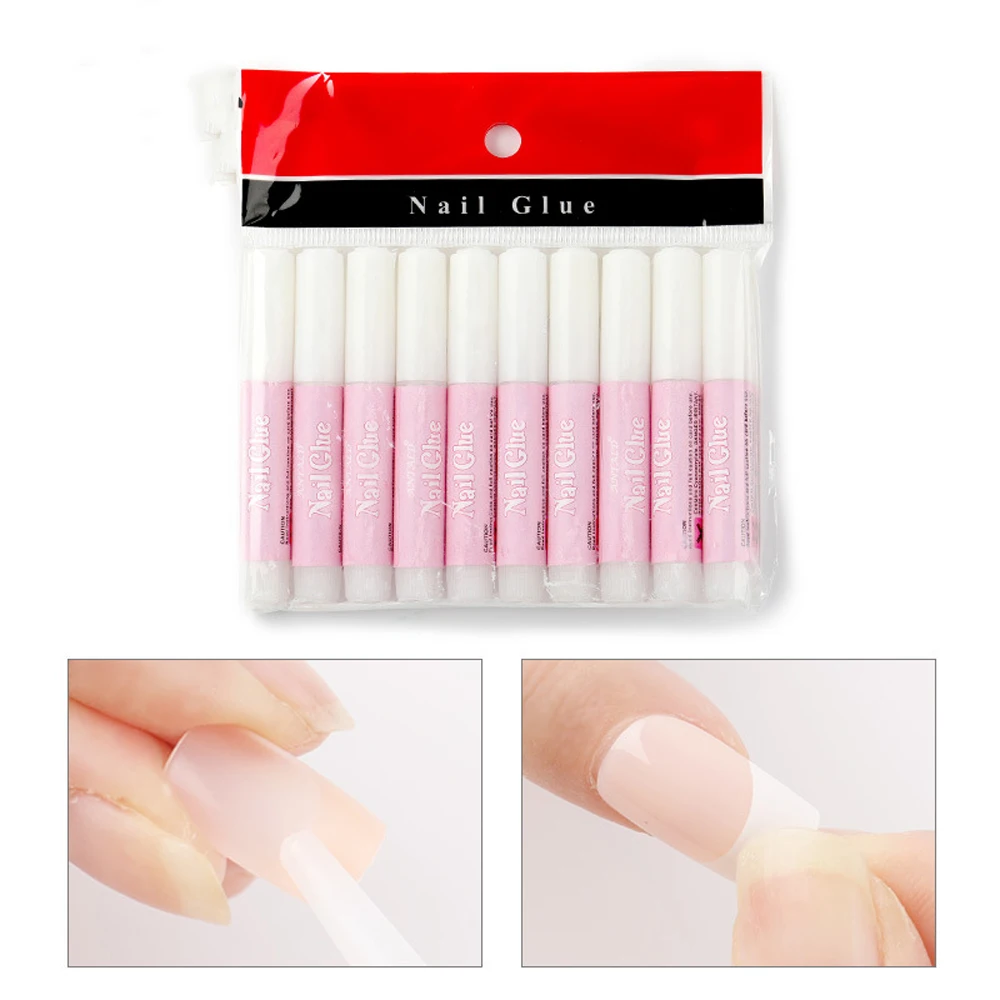 Frequently Asked Questions About Nail Glue Removal
Frequently Asked Questions About Nail Glue Removal
What is the Best Nail Glue Remover?
Acetone-based removers are generally the most effective for nail glue removal. However, for those with sensitive skin, specialized glue removers or natural alternatives like olive oil may be preferable.
Can I Soak My Nails in Acetone Every Day?
Frequent soaking in acetone can dry out your nails and skin. Limit the use of acetone and follow up with intensive moisturizing treatments to maintain nail health.
How Do I Remove Nail Glue Without Damaging My Nails?
Use gentle methods such as soaking in acetone or natural alternatives, avoid excessive force, and always moisturize after removal. If unsure, seek professional assistance to prevent damage.
How Long Does It Take to Remove Nail Glue?
The time required to remove glue can vary depending on the method used and the amount of glue. Typically, it takes between 15 to 30 minutes to soften and remove the glue effectively.
Conclusion
Understanding how to take off nail glue is essential for maintaining healthy and beautiful nails. By following the methods outlined in this guide, you can safely and effectively remove glue without causing damage to your natural nails. Remember to be patient, use the right products, and take care of your nails post-removal to ensure they stay strong and healthy. Whether you opt for acetone-based removal, natural alternatives, or professional assistance, the key is to handle the process with care and attention. With these tips and techniques, you can confidently manage nail glue removal and keep your nails looking their best.
